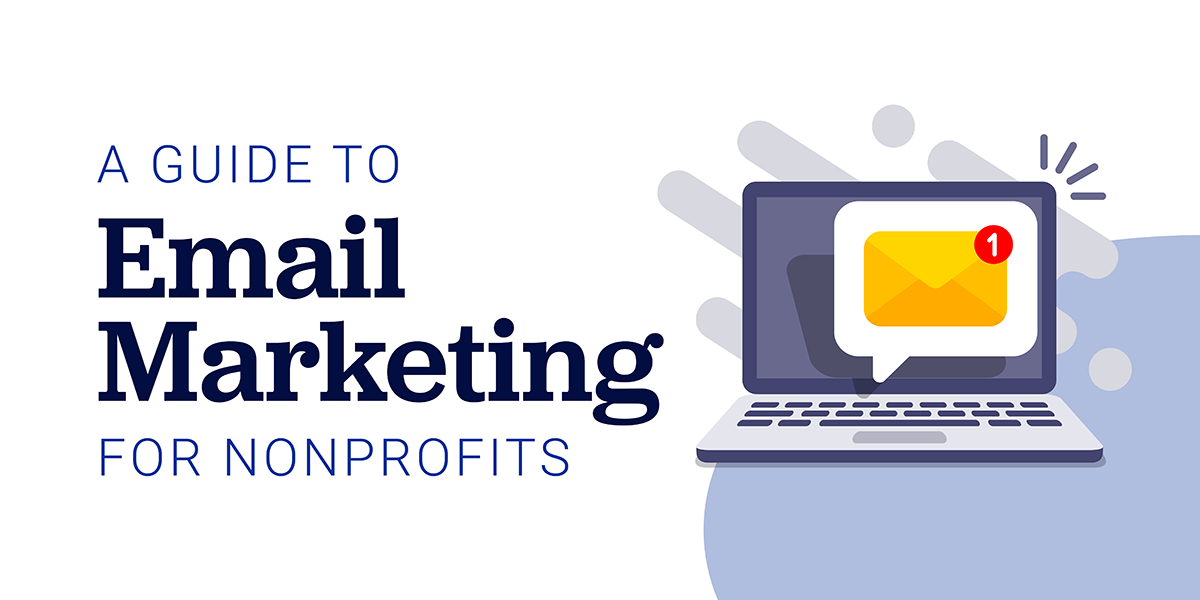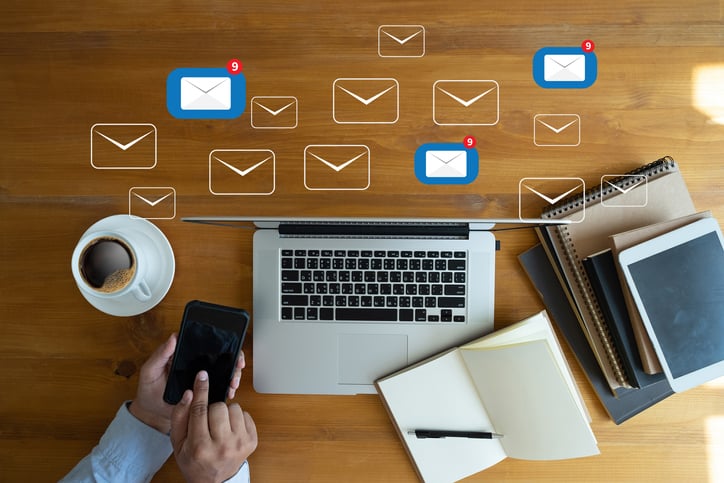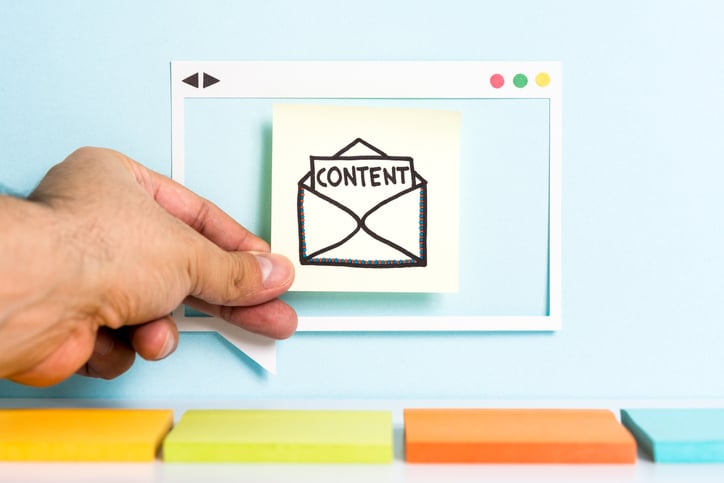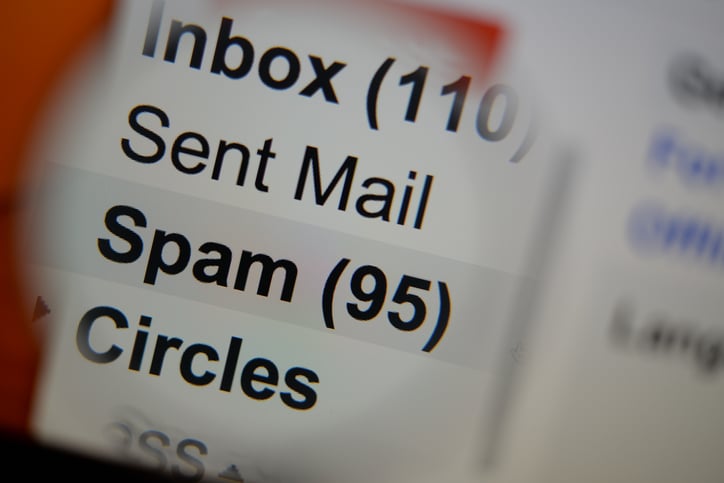
If you want to get a message out to your supporters, email is one of the best ways. It’s affordable and quick, and all you need is a list of subscribers to get started.
But for nonprofits, it’s not enough to communicate to existing supporters. You also need to add people who are interested in learning more. Once you have them on your list, your email marketing messages have to keep them around. This guide is designed to help you get started.
Know the regulations
Before you start firing off emails, it’s important to familiarize yourself with the CAN-SPAM Act, which serves to protect consumers. This starts with the way you collect email addresses. Everyone on your list should have opted in, and there should be a link at the bottom of your email so that a recipient can easily unsubscribe.
Additionally, your email should identify both your accurate name and email address and your physical mailing address. The mailing address can be a P.O. box or a mailbox with a service, but it must be valid. If someone asks to be removed or opts out, you have to honor that request within 10 business days.
Failure to comply with the CAN-SPAM Act can result in fines. But if you violate the regulations, it’s more likely that you’ll be reported to your mailing list provider. Enough complaints can get your account shut down.

Gather subscribers
Even the best email won’t be effective if you have no one to read it. Your email subscriber list will become your organization’s biggest asset. Over time, subscribers will come and go, but you’ll be building a solid base of people who support your nonprofit and are eager to get the latest information.
Here are a few steps to take to get your email subscriber list going.
- Create a sign-up form and make it easy for supporters to find. Put it on your website, and regularly remind social media followers to join.
- Incentivize subscriptions by hosting a giveaway or providing something free in exchange for signing up. Often this is something like a helpful guide or informative video.
- Newsletter subscribers should have exclusive access to things non-subscribers don’t get. This could be special seating at an annual event or access to early ordering for your fall fundraiser.

Create compelling content
This may seem like a no-brainer, but an engaging newsletter will make all the difference. This starts with design. Your mailing list provider probably has templates you can use, but make sure to put readability first. Even the most attractive design won’t impress subscribers if they have a tough time reading the text.
Once your design is set, get to work coming up with interesting content. You likely know your own supporters best, but it’s important to pack your newsletters full of information. If all your content centers around asking for donations and volunteers, you’ll lose readers. Instead, highlight the work your nonprofit is currently doing and the results of that hard work.
Spotlight supporters and volunteers
Everyone likes recognition. You can boost loyalty by including a section that spotlights various supporters. This could be a brief bio of each volunteer or a “supporter of the month” feature. If you have a fundraising competition, make sure you feature the winner and runners-up in your newsletter, as well.
Another approach to this spotlight feature is an interview. Send some questions over to your loyal supporters and turn the interview into an article or print it in Q and A format. It’s not only a great way to make supporters feel appreciated, but it will also help your community get to know each other a little better.

Stay out of the spam folder
Unfortunately, not everyone on your mailing list will see your newsletter. Spam filters have become increasingly more sophisticated over the years. That’s great for you as an email user, but not so great if you’re creating marketing messages.
The surest way to boost your email’s chances of landing in the inbox? Avoid being spammy in your messaging. If you’re following all the regulations regarding your contact information and subscription preferences, the next step is to look at your subject line. Avoid using gimmicky language and all caps. Simply interact with your audience as you would a friend.
Interact now, promote later
Like your social media channels, your newsletter is a great place to get the word out about needing volunteers and donations. But if you’re always asking for something, your recipients will grow weary with your messaging.
Instead, make the vast majority of your interactions informational and interactive. Share news of your fundraising effort’s success rather than calling for volunteers. Post news about a new entertainer you’ve booked for your fundraising event rather than selling tickets. Those who are interested will naturally find you.
Email marketing can be an effective way to engage new supporters and retain existing ones. If your passion for your nonprofit’s mission shows, chances are the rest will flow naturally.
Like these tips? We have many more just like them on our blog. Check them out or give us a call to find out how we can help you.
